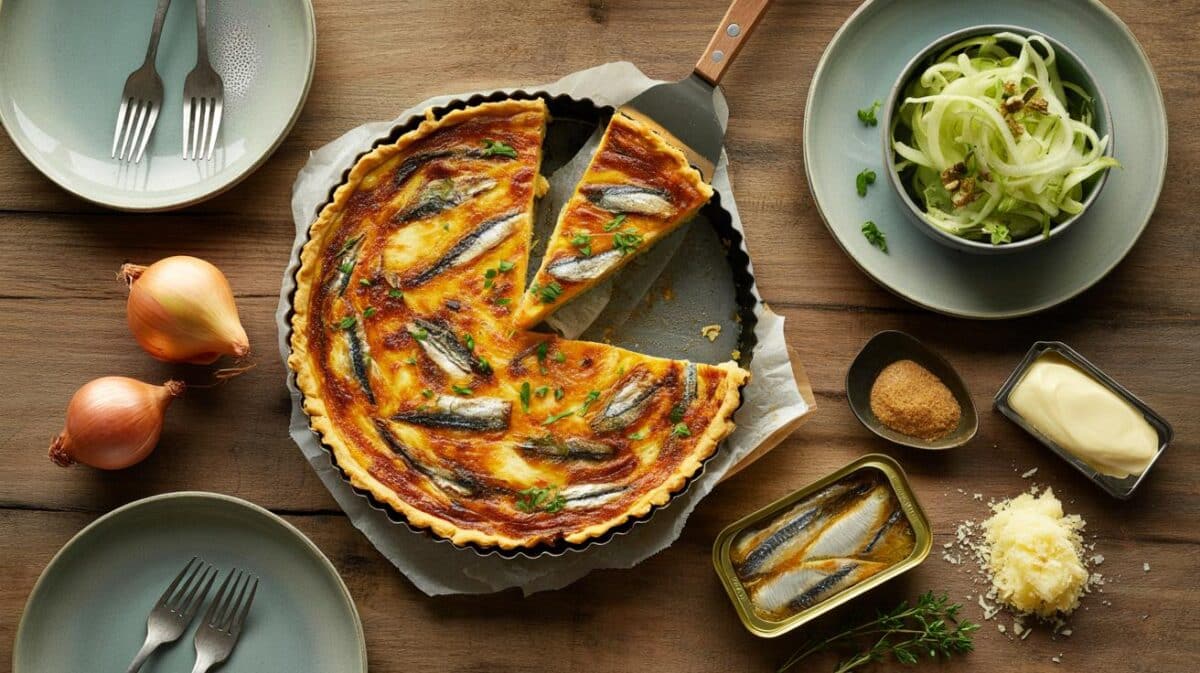Autumn’s hush hides a cause you can still fix.
Across Britain, many gardens slip from chatter to silence by late October. The shift feels sudden. It rarely is. Most losses trace back to a small missed action that removes food, shelter and water just as insects vanish and nights bite.
Why your borders fell silent after October
Food disappears first: the month when gardens turn lean
October marks a pivot. Summer fruit is gone, herbaceous borders are cut back, and cold nights drop insect activity. Without berries, seedheads or invertebrates in leaf litter, birds push off to richer patches. Robins, tits and blackbirds travel surprisingly short distances to find calories; if your beds run empty, they won’t stay loyal.
Miss this in October and you lose three essentials at once: calories from berries, protein from insects, and cover from weather.
What looks tidy to us reads barren to them. A neat sweep can strip the buffet overnight. That silence by mid‑November is the logical result.
Cold-season needs: calories, cover and clean water
By late autumn, birds seek high-energy food, safe roosts, and shallow water. Berries and seedheads deliver quick sugars and oils. Dense shrubs break the wind and give a dry perch. A frost-free dish lets them drink and preen, which keeps plumage insulating and flight-worthy.
The hidden cost of a too-tidy garden
Bagged leaves, shaved borders, and over-zealous pruning remove habitat. Leaf litter shelters beetles, spiders and larvae. Hollow stems hold overwintering insects. Twigs and deadwood feed fungi and woodlice. Clear these and you empty the larder that birds depend on between bouts of berry feeding.
Leave leaves: a single square metre of litter can host thousands of invertebrates that fuel winter survival.
The fix you skipped: plant berries, build cover, serve water
Seven shrubs that feed and shelter birds from October to March
Choose berrying natives that colour the garden and feed the flock. Mix early and late fruiters so the menu spans the whole cold season.
| Shrub (Latin) | Fruits when | Best site | Extra benefits |
|---|---|---|---|
| Elder, black (Sambucus nigra) | Oct–Nov | Sun to light shade | Flowers for pollinators; easy to coppice |
| Hawthorn (Crataegus monogyna) | Oct–Jan | Sun; tolerates wind | Thorny shelter; spring blossom |
| Guelder rose (Viburnum opulus) | Nov–Feb | Moist soils | Autumn colour; lacecap flowers |
| Blackthorn (Prunus spinosa) | Oct–Dec | Sun; hedging | Dense cover; early blossom for insects |
| Dogwood, common (Cornus sanguinea) | Nov–Jan | Sun to part shade | Winter stems; supports insects |
| Spindle (Euonymus europaeus) | Oct–Nov | Well-drained | Striking pink-orange fruit; autumn colour |
| Wild rose (Rosa canina) | Nov–Feb | Sun; hedges | Hips for birds; nectar-rich summer flowers |
Plant on 60–90 cm centres for hedges, or dot them along bed edges. Water in well, mulch with 5–7 cm of chopped leaves or wood chips, and let them grow freely. Resist hard pruning for two winters so you build berrying wood and dense shelter.
Mixed native hedges: how long, how dense, how high
A productive hedge works harder than a fence. Aim for at least 4–6 metres in length where space allows. Use 8–12 species to stagger fruiting. Keep width at 80–120 cm for interior microclimates. Let the hedge sit 1.2–1.8 metres high through winter; trim outside the bird nesting period and only a third at a time to protect fruiting spurs.
One metre of mixed hedge can serve as canteen, windbreak and night roost for dozens of visits each day.
Keep a wild corner: leaves, sticks and seedheads
Create a small zone—just 1–2 square metres—where you leave leaves, stack short branches, and stand hollow stems upright. It becomes a larder for wrens and thrushes after frost. Teasel, echinacea and rudbeckia seedheads feed goldfinches and look handsome rimmed with ice.
Make your beds bird-ready in two weekends
A 14-day plan that works in small gardens
- Day 1–2: Map sun, wind and existing shrubs. Mark a 1 m by 1 m wild patch.
- Day 3–4: Buy 3 berry shrubs and 1 hedging pack of mixed natives (10–15 whips).
- Day 5: Plant shrubs at bed margins; set whips 60 cm apart in a staggered line.
- Day 6: Lay 5 cm mulch; keep clear of stems by 5 cm to prevent rot.
- Day 7: Place a shallow water dish (3–5 cm deep) 2 metres from dense cover to reduce ambush risk.
- Day 8–9: Tie in loose stems, add a log or branch pile, and stand a few hollow canes.
- Day 10: Hang one small feeder near the hedge; clean it monthly with hot water and a mild disinfectant.
- Day 11–14: Stop routine cutting-back; leave seedheads. Top up water daily in morning light.
Avoid these common traps
- Excessive pruning in October: you strip berries and winter cover just when birds move in.
- Pesticides or broad-spectrum bug killers: they remove the insect protein that robins and tits hunt.
- Deep birdbaths: birds prefer shallow rims. Keep to 3–5 cm depth with a rough stone for grip.
- Feeder in open lawn: place near escape cover but not inside it, to deter ambushes.
- Cleaning everything spotless: retain leaves under shrubs and a discreet log pile.
What you’ll hear next: species to expect and when
Who returns first
Give it 2–4 weeks after planting and pausing the tidy-up. Robins often reclaim borders first, patrolling low edges for invertebrates stirred by mulch. Blue and great tits follow, hopping through shrubs and testing berries. Blackbirds arrive at dawn to work hedges and lawns for fruit and worms. Dunnocks skulk under the hedge line, and chaffinches drop in for seedheads on dry days.
Watch the hedge line at first light: most winter feeding happens within 90 minutes of sunrise and in the hour before dusk.
As frosts deepen, expect redwings and fieldfares if you’ve planted hawthorn and crab apple nearby. If the winter runs mild, a blackcap may stay and raid guelder rose berries into January.
Practical details that pay off all winter
Water without ice and with less mess
Use a terracotta saucer on a brick to keep it stable. Refresh daily. In freezes, pour a kettle of cool—not boiling—water to melt the glaze. Avoid additives. A rough stone in the dish gives grip and a safe exit for small birds.
Feeding that complements your plants
Offer small amounts of sunflower hearts or fat-based pellets during cold snaps. Keep portions modest so natural foraging continues in the hedge and leaf litter. Move the feeder by 1–2 metres every few weeks to reduce droppings build-up under perches.
Extra context for harsher seasons and shifting weather
Autumn temperatures now swing, and berry timing shifts with them. Hedge diversity cushions the risk. If elder crops early and disappears by October, hawthorn and guelder rose bridge the gap into January. A mix also spreads disease risk across species and supports more insects through spring.
Cats and windows account for many garden bird casualties. Site water and feeders at least 2 metres from dense cover to blunt ambushes. Break window reflections with subtle decals or a loose net curtain near feeders. Keep hedge bases thicket-like so birds can dive, but avoid tight corners where predators lurk unseen.
For small plots, think vertical. A single 5–6 metre run of mixed hedge along a boundary, plus three berry shrubs and one 1 m² wild patch, can change winter activity within a month. If your soil runs dry, choose dogwood and spindle; for heavier ground, trust guelder rose and hawthorn. Leave perennial seedheads until March, then cut and bundle stems in a corner to keep next winter’s insect cache on site.
Two quick add-ons lift results fast: a micro-pond the size of a tray for insects, and a late-autumn sowing of teasel for next year’s seedheads. The pond boosts midges and beetles that feed robins; the teasel feeds goldfinches and stands beautifully through frost. Small moves, timed in October, turn the silence into a steady winter chorus.








